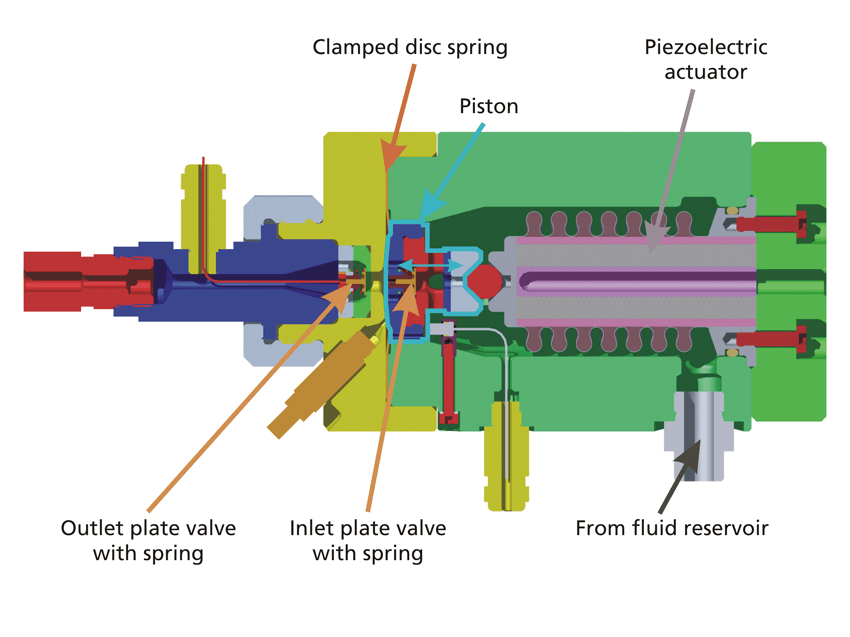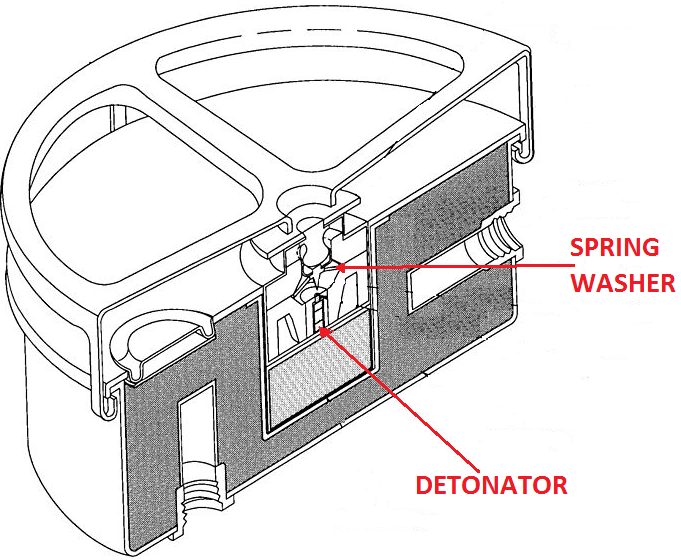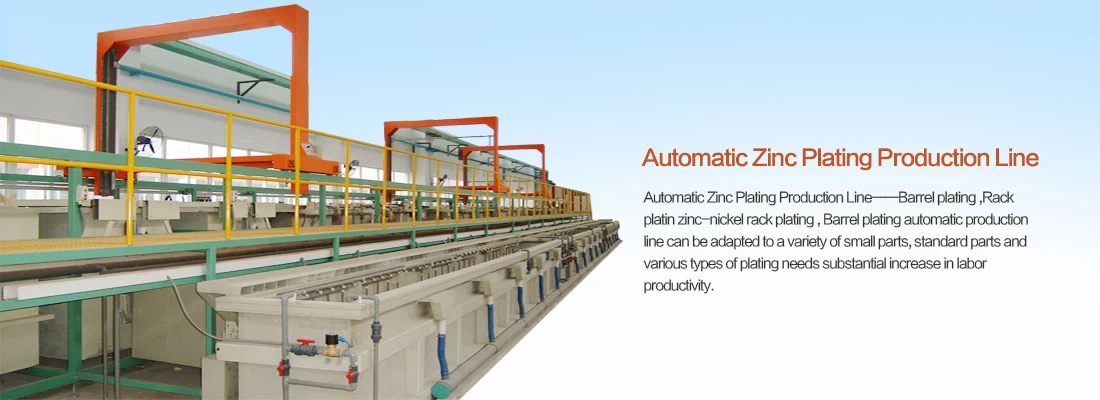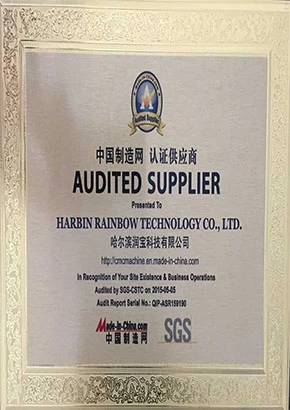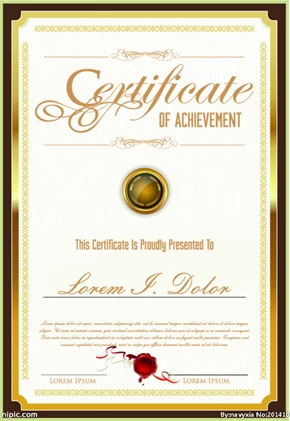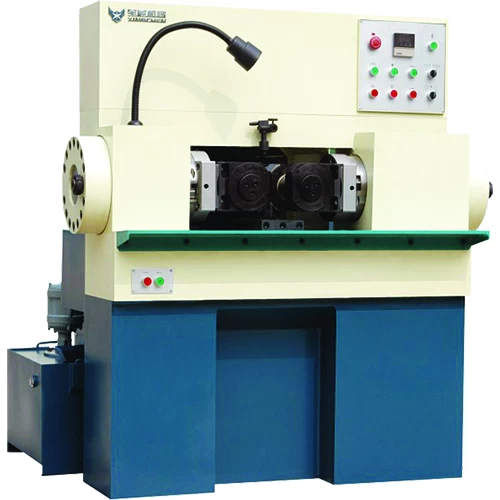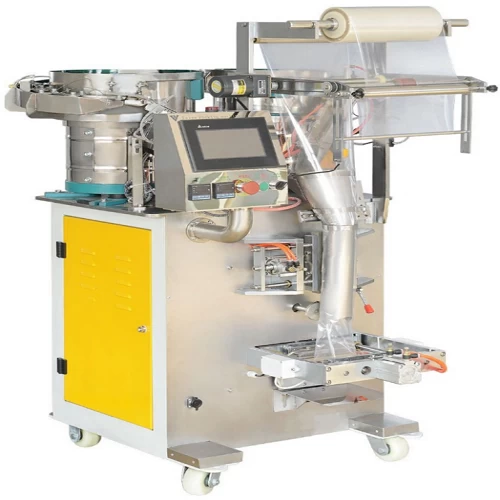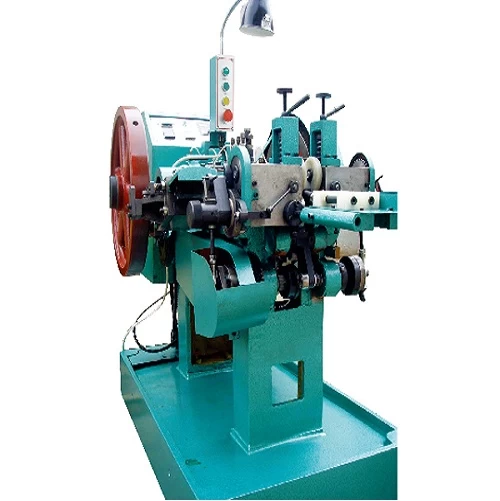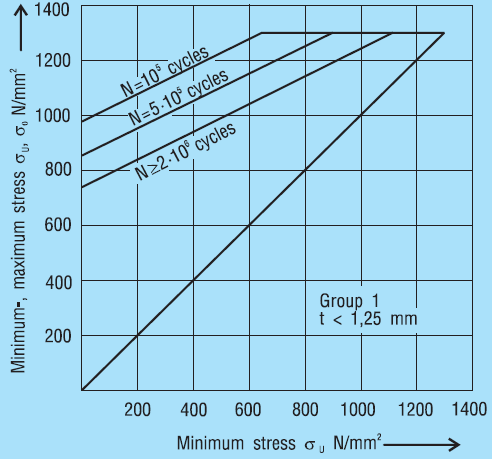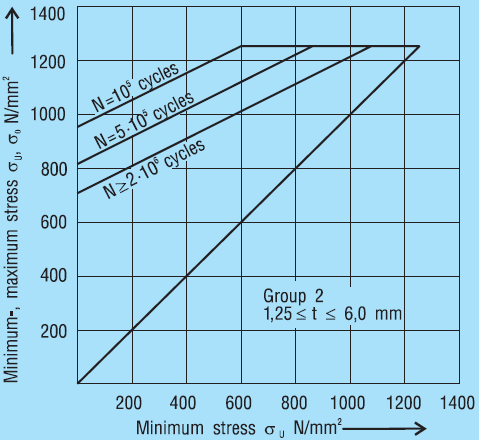Specification and Application of Spring Washers
Specifications
Washer Dimensions
Dimensions of a spring washer are critical to its successful implementation since they are valued for their small size. Like all springs, their dimensions also change depending upon the deflection.
-
Outer diameter (OD) is the straight-line width across the washer to its furthest edges.
-
Inner diameter (ID) is the width across the bored hole of the washer.
-
Diameter across slots (DAS) is the measurement of the washer minus the sloped flanges; this is only applicable in belleville washers and may be the same as the inner diameter.
-
Diameter of center rotation (DCR) is distance between the center points of the washer flanges. It is essentially the pitch of the washer.
-
Cone height (CH) is the measurement of the washer between its lowest and highest points while at rest. This should never be more than 40% of the plate thickness
-
Plate thickness (T) is the width of the material used for the washer's construction.
-
Washer envelope is the space allocated for a washer's deflection, as the washer's diameters enlarge when under load.
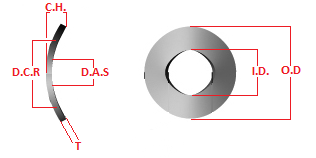
The accompanying graph illustrates how cone height, represented by h, and plate thickness, represented by t, affect a washer's load carrying capacity.
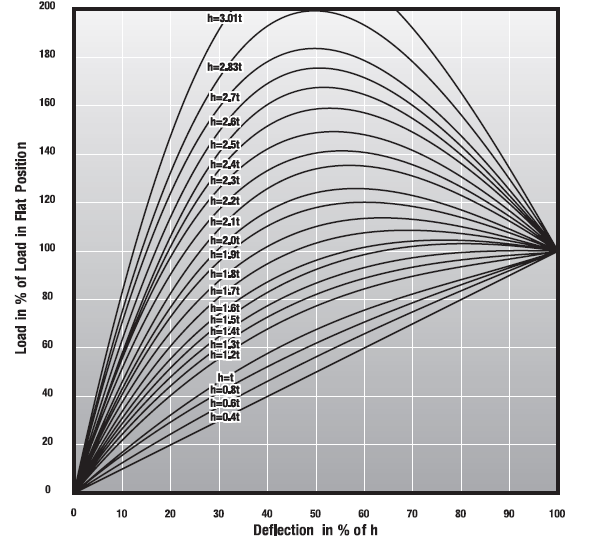
Graph credit: Century Spring
Spring Washer Material
Spring washer operation is dependent on the elastic deformation of it's material, which should have good tensile strength and elastic limits. A high fatigue limit is not a product of the material, but can be enhanced by the use of quality metals with a smooth, carbon-free surface. Young's Modulus is a measurement used to predict a material's load and deflection capability.
-
Steel is the most common material for spring washers due to its ease of process and its high tensile strength. Chrome vandium alloy is a higher quality steel with a good through-hardening capability; it is used to make very thick spring washers. Specialty washers offering corrosion resistance include steel-nickel alloys. High-temperature applications incorporate chrome-molybdenum into the material structure to create washers that can operate over 400°C.
-
Copper alloys offer non-magnetic yet electrically conductive washers, along with some corrosion resistance. These alloys have lower strength values than steel.
-
Nickel-chrome and nickel-chrome-cobalt alloys have very high tensile strengths with very low elastic ratios. These washers will have more set if overloaded, but they have extreme longevity and corrosion resistance. They can also operate in a large range of temperatures, from absolute zero to over 700°C. These expensive alloys are difficult to manufacture.
Spring Rate and Force
Spring rate is the amount of load (lb./N) needed to move the spring a predetermined distance (in/mm). Spring force is the measurement of the resisting pressure resultant of a compressed spring washer. Manufacturers will usually specify this in their inventory. Both of these specifications are altered with the use of a spring stack, and spring force is directly dependent of how the load is distributed on the washer.
The spring rate and force can be calculated easily with this spreadsheet calculator courtesy of Circlips Australia.
Spring Washer Stress and Fatigue
The type of stress placed on the spring washer depends on the type of load, be it static or dynamic.
Static Load
When a washer carries an unchanging load, the spring washer has a permissible stress point. While it should not exceed the tensile strength of the material, it may exceed the yield strength if the consumer accepts the possibility of setting the washer.
Dynamic Load
Dynamic loads feature varying loads on the spring washer. Dynamic loads are subject to permissible stress as well as critical stress. Permissible stress values of tensile strength and yield strength should not be exceeded, as their operational responsibility is higher than in a static load. Critical stress is the value of stress placed on the concave underside of the washer, which is the first place mechanical distress appears in the form of cracks.
Steel-based spring washers can have their fatigue estimated. In Circlips Australia's spring washer calculator, it provides two values for stress labeled as 'Point II' and 'Point III', based on the cycle of deflection. Using the maximum percentage of the washer's deflection, determine the greater value between Point II and Point III. Now determine the value of the same point, but substitute with the washer's minimum deflection. Extrapolating this value on the appropriate graph and comparing it to the cycle line segments will provide an estimate of fatigue.
For thicknesses <1.25 mm: |
For thicknesses 1.25--6.0 mm: |
|
|
|
For thicknesses 6.0--16 mm: |
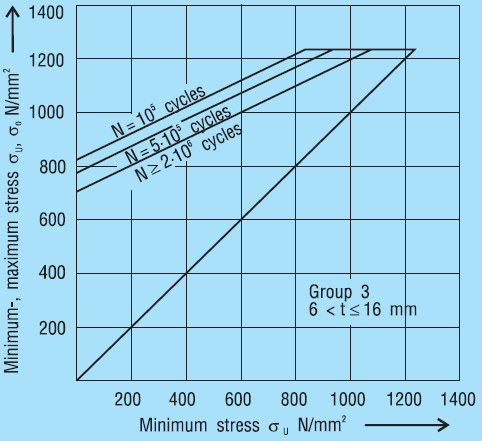 |
Friction and Lubrication
Friction in spring washers has four origins: (1) The elastic deformation of the material in each deflection; (2) the edges of the washer that act as load-bearing surfaces; (3) the contact of the washer with its guide; and (4) abrasion between washers in parallel stacking. The friction in washer stacks is considerably higher than in a similarly dimensioned coil spring. The level of friction is reliant on the geometry of the washers, the materials used, how the washers are stacked, and the amount of deflection.
Spring Washer Guides (Mounting)
Spring washers need a guide, either over a shaft or in a sleeve, to prevent lateral movement. Since both inner and outer diameters increase under deflection, a certain amount of clearance between the washer and guide is required. The table below is relevant for both sleeve and shaft mounted spring washers.
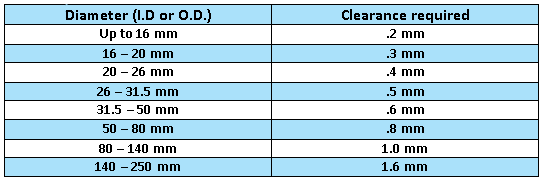
Spring Washer Hardening
Isothermal annealing is sometimes used to help strengthen a steel spring washer. Shot peening can be used for washers carrying dynamic loads to enhance fatigue life by creating compressed dimples in the surface of the washer. This will counteract some internal tensile strength and it will set more than non-shot peened washers. For this reason, surface bonding by means of shot peening is not meant for static loads.
Spring Washer Environment
Temperature Resistance
As temperature increases, the elasticity of the material and the load capacity of the washer decrease. The graph below indicates the performance of the washer under increasing temperature based on the washer's chemistry.
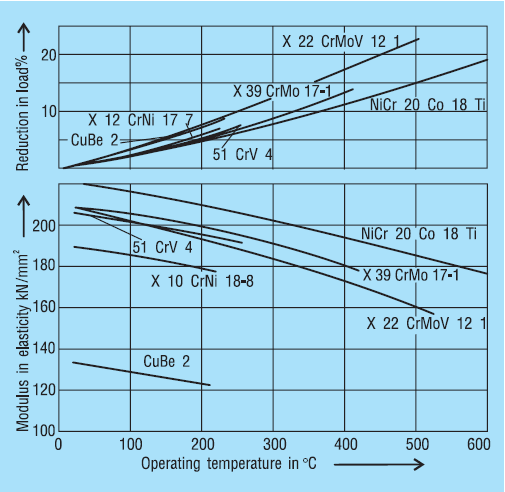
Graph credit: Schnorr Corp.
Corrosion Resistance
Non-steel washer springs are typically produced to prevent corrosion. For steel washers, an abridged variety of corrosion prevention methods are listed below.
-
Phosphating incorporates a zinc-phosphate layer and corrosion protective oil. This is sufficient for most applications but can be abrasive.
-
Browning produces an oxidized surface which is coated with oil. While not as good as phosphating, this is used when phosphating's abrasive finish is unacceptable.
-
Metallic coatings like zinc, cadmium, and nickel are all common. Zinc acts as a sacrificial anode that is attacked by corrosive materials before the washer's material. Cadmium provides high-quality protection, but is environmentally and biologically toxic. Nickel can be used as a coating and is resistant to many corrosives but since it acts as a cathode, the base metal can be attacked. For this reason, a nickel finish must always be a dense, non-porous coating.
-
Electroplating can use almost any metal as a surface coating, but hydrogen embrittlement is a major drawback of this method, which leads to a shortened fatigue life.
-
Peen plating uses a peening body along with a metallic powder that will be embedded into the washer in the shot peen process.
-
Metal spray is reserved for large spring washers where regular plating methods are challenging. This results in a thick coating, but is not as adhesive to the washer as other metallic coatings.
-
Chemical plating uses a nickel-phosphor alloy precipitated onto the surface with a chemical process. This has outstanding corrosion and abrasion resistance.
-
Dacromet coating involves zinc and aluminum flakes in a chromatic compound which is baked onto the washer.
Applications
Spring washers can be used as a type of lock washer to eliminate rattle or vibration that might unscrew a bolt. These are common in instances where a coil spring would be impractical or too large. Disc springs are common on pipe flanges to combat flange leakage from high temperatures and varying pressure. These small devices are also found in many types of valves and pumps, braking systems, types of couplings, machine presses, aerial cable cars, boiler suspension systems, and overload protection components in electrical transformers. Not until the 1930s did the disc spring become prominent, when formulas to calculate disc springs were developed pre-World War II in the United States. As such, the spring washer was used in anti-tank mines and artillery guns.
